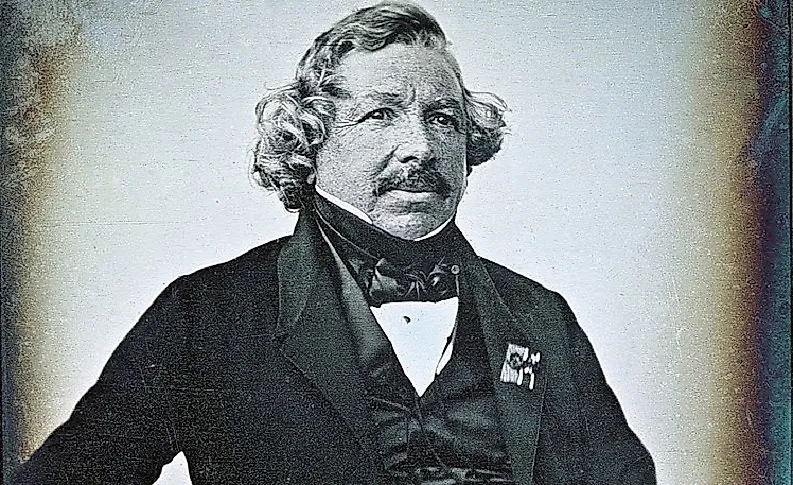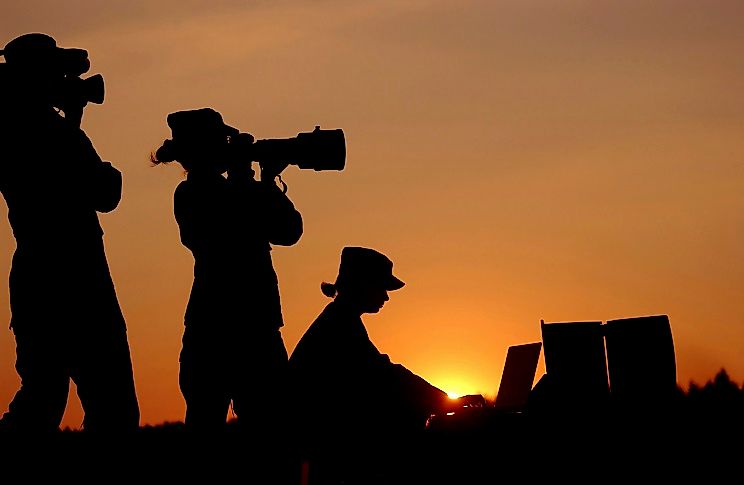The Past, Present, And Future Of Photography

Photography has been defined quite differently by various scholars. The most comprehensive definition is by the Merriam-Webster Dictionary, which defined it as the process of producing images by the action of radiant energy, especially light, on a sensitive surface. The production of images can be done either electronically or chemically. The word photography emanates from two Greek words, namely photos which means "light" and graph which means "representation". These words, when put together, can be translated to mean drawing with light. The modes of production in photography can be grouped into various categories, some of which are looked at in this article.
5. Photography as a Science and an Art -
Photography has over the years been referred to as a science just as often as an art. The earliest photographers even did not refer themselves as artists. They considered it a science probably due to the extensive use of machines as opposed to human hand as is the case with drawing and painting. There is an aspect of art in the process including the vision and inspiration of the artists. The photographer also has artistic goals and uses art-related concepts. The art and science of photography need to merge well to produce distinctive photographs.
4. History and Technological Development -

The development of photography came about as a result of combining several scientific discoveries and technical proficiency in the visual arts. A Chinese philosopher, Mo Di, developed the first principles of optics, camera obscura, and pinhole camera. The pinhole camera was further described by Aristotle and Euclid’s independently. The two were Greek mathematicians. The first camera was the pinhole camera developed in 965 AD by an Arab physicist named Ibn al-Haytham, who was also known as Alhazen. The camera has ever since been developed through various phases and stages. Other cameras to be discovered and invented included the camera obscura by Shen Kuo in the 11th Century AD, silver nitrate in the 16th Century, and silver chloride. The two chemicals, silver nitrate and silver chloride darken after being exposed to light. This act is called photo-chemical effect as Wilheim Homberg described it in 1694. George Eastman pioneered the use of films in photography in 1885. The black and white photography was widely used despite the introduction of colored pictures in 1865. Digital photography was invented by Sony in 1981 after unveiling the Sony Mavica. In 1991, Kodak unveiled the first fully digital camera, the DCS 100, which was a single lens reflex camera. Other technological advances in photography include synthesis photography, smartphones with inbuilt cameras, movie cameras, contrast, burning in and adding toners.
3. Notable Photographers and their Works -

Ansel Adams was arguably the most renowned photographer of all time. He was an environmentalist, and some of his most famous works were the black and white photos he took in and around the Yosemite National Park. He was born in 1902 and died in 1984. Yousuf Karsh took photographs that told a story while Robert Capa specialized in wartime photographs. One of the best known contemporary photographers is Jay Maisel, who was born in the United States in 1931. Maisel has specialized in employing simple techniques devoid of complex lighting schemes.
2. Impact on Society -

Photography has positively and significantly affected the ways of life of the global community. It has enabled people to see others whom they would otherwise never have seen before. It has also given rise to the concept of mass media celebrity. Before photography, it was impossible for one to have thousands and even millions of followers and fans globally. Other effects of photography are as a hobby, adverts, and keeping record of important past events.
1. The Future of Photography -
Analysts have arrived at several predictions regarding the future prospects for the field of photography. At the top of the list is image recognition software, which will be used to sort out billions of photos that will have been taken in years to come. Other areas photography will look to exploit is the creation of three-dimensional images and investment into the area of virtual reality.











